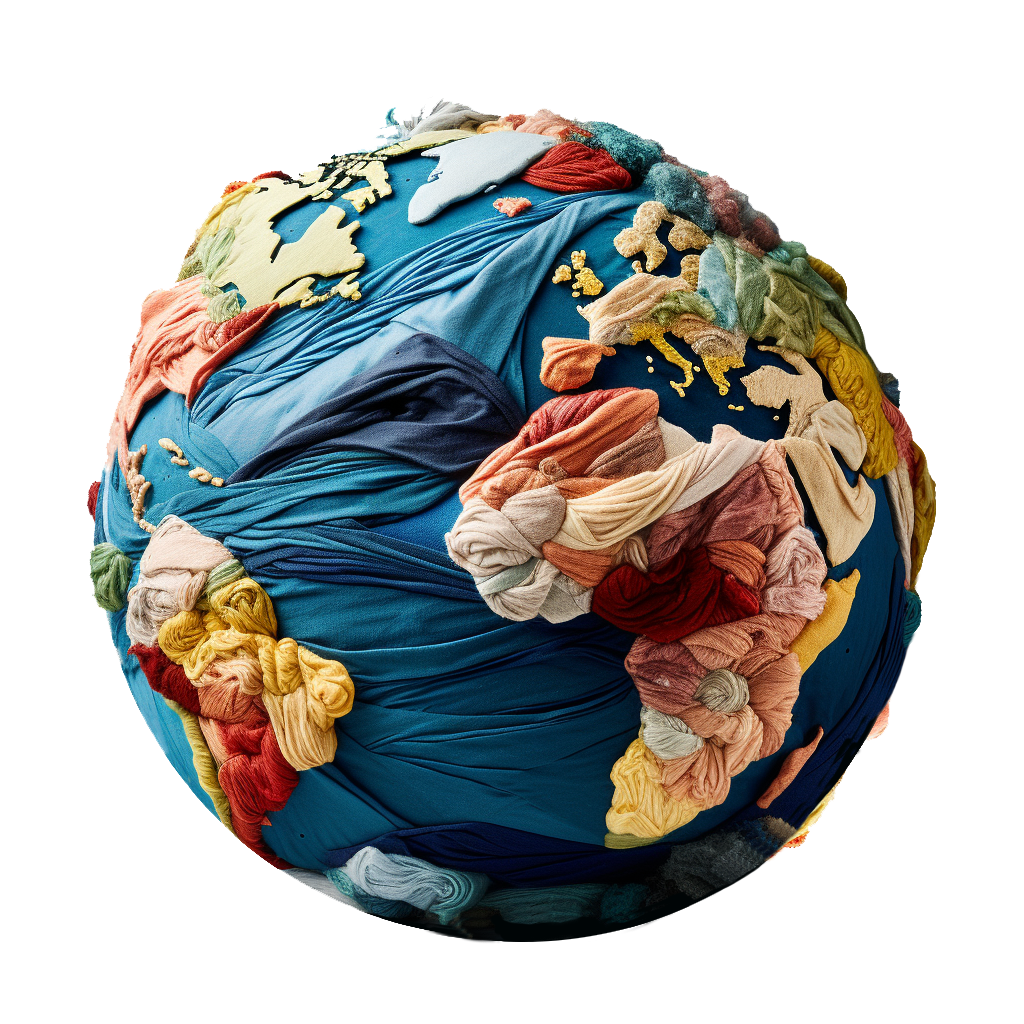It may seem like fast fashion is the most affordable option when it comes to our clothes, but in the long run it's actually quite expensive... Here are some alternatives to consider!
Any brand that says that buying their products can help save the planet is lying to you… They’re simply using your conscience as a gateway to your wallet and leveraging the environmental movement as a marketing angle.
Any brand that says that buying their products can help save the planet is lying to you… They’re simply using your conscience as a gateway to your wallet and leveraging the environmental movement as a marketing angle.
But you’re savvy, right? You’re most likely aware of the fact that your clothes are harmful to the planet... but do you know how exactly?
The sad truth is that our clothes pollute at three different stages in its lifecycle: when they're being made, when they're being used, and when they're discarded... but don't despair! There are real solutions and you CAN make a difference!
So first, the facts:
According to the New York Times, more than 60% of fabric fibers are made from fossil fuels, including nylon, polyester, and spandex… But it isn’t just the synthetic fibers that are damaging the environment, as natural fibers also have issues. For example, cotton crops require a massive amount of water to grow and have already destroyed ecosystems around the world, such as the Aral Sea; in fact, it takes about 2700 liters of water to make just one t-shirt, which is equivalent to approximately 3 years of drinking water.
But after the raw materials have been extracted and your clothes have been made they don’t pollute much, right? For clothes made from natural fibers that is mostly true, but for clothes that are made out of synthetic fibers they continue to pollute the environment and do so at an ever-increasing rate in the form of microplastics. Fibers are released every time you wash them, and because your washing machine degrades garments with each wash, your clothes release more and more microplastics each cycle. These microplastics find their way primarily to the ocean, where they attract chemicals (such as forever-chemicals like PFAS) and are consumed by marine life… This means that (especially if you eat seafood) you will ingest both plastics made from fossil fuels AND the chemicals that they attract. According to Reuters we're currently ingesting about 5 grams of microplastics a week (approximately the amount found in a credit card).
So let’s say that you’re now done with a particular garment because it’s gone through too many washes or you’re just tired of it… If you resell it, the hope is that it will be used and kept out of waste streams. However, if you send it to a company to recycle it, donate it, or simply throw it away, the result is typically the same… Your garment ends up in a landfill and continues to pollute. This is because only about 1% of clothes get recycled into new clothes, and a majority of donations can’t be sold and are either simply sent directly to landfills.
So your clothes pollute at least 3 times, but here are REAL solutions to address these issues:


